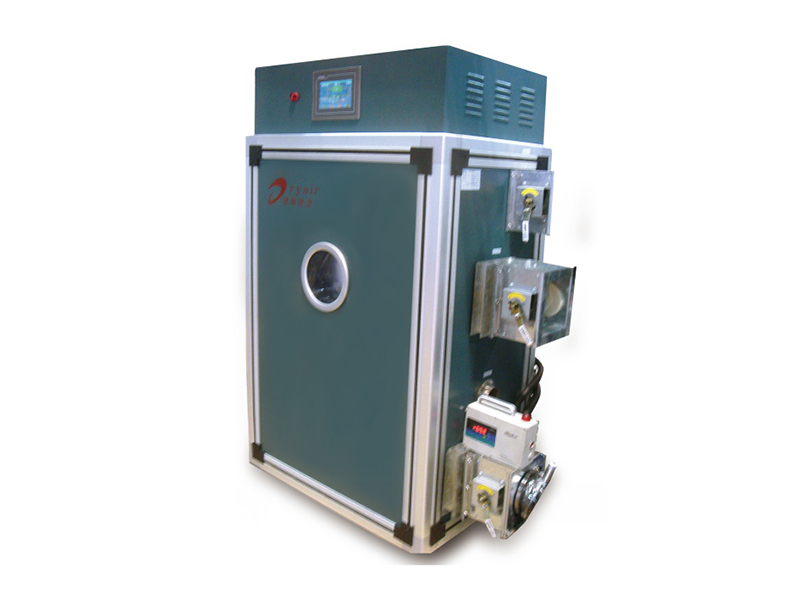Designing an efficient and effective lithium battery dry rooms requires careful consideration of several key elements related to layout, ventilation and access control. These issues include:
layout:
Sufficient area: Provide enough area to handle the expected range of lithium batteries you may keep as well as any important equipment, including cabinets or racks.
Proper isolation: Designate separate storage locations for different types and sizes of lithium batteries to avoid cross-infection and potential safety hazards.
Fire safety: Incorporate hearth-resistant materials into the shape of the room and ensure appropriate fire suppression systems are installed.
airflow:
Ventilation: Use well-designed ventilation to remove any harmful gases, fumes, or hazardous compounds that may be produced by the battery.
Filtration: Install appropriate air filtration to remove particles and dust that can negatively affect battery performance and lifespan.
Air exchange rate: Provides sufficient fresh air exchange to maintain the required humidity and temperature within the drying chamber.
Access management:
Secure entry: Install strong physical access controls such as card readers, biometric systems, and keypad entry to restrict unauthorized personnel from entering the dry room.
Storage Control: Implement appropriate storage control protocols to ensure the simplest technicians and authorized personnel have access to batteries.
Surveillance: Use surveillance cameras and alarms to show entry, detect unauthorized intrusions and stay protected.

Humidity and temperature control:
Maintain low humidity: Lithium batteries are sensitive to moisture, so it is important to control and maintain a low humidity layer in the drying chamber to prevent moisture damage.
Temperature management: Maintaining the temperature within the appropriate range (typically 15-25°C) to optimize the overall performance of the battery and reduce the risk of thermal runaway.
Electrostatic discharge (ESD) protection:
Grounding: Proper grounding is provided at some stage in the drying chamber to reduce the build-up of static electricity intensity and minimize ESD damage to the battery.
Anti-static Flooring: To further reduce electrostatic discharge capabilities, consider using anti-static flooring.
Protective Clothing: Provide personnel with appropriate ESD protective clothing, including footwear, gloves, and clothing, to prevent the build-up and release of static electricity.



 English
English 简体中文
简体中文